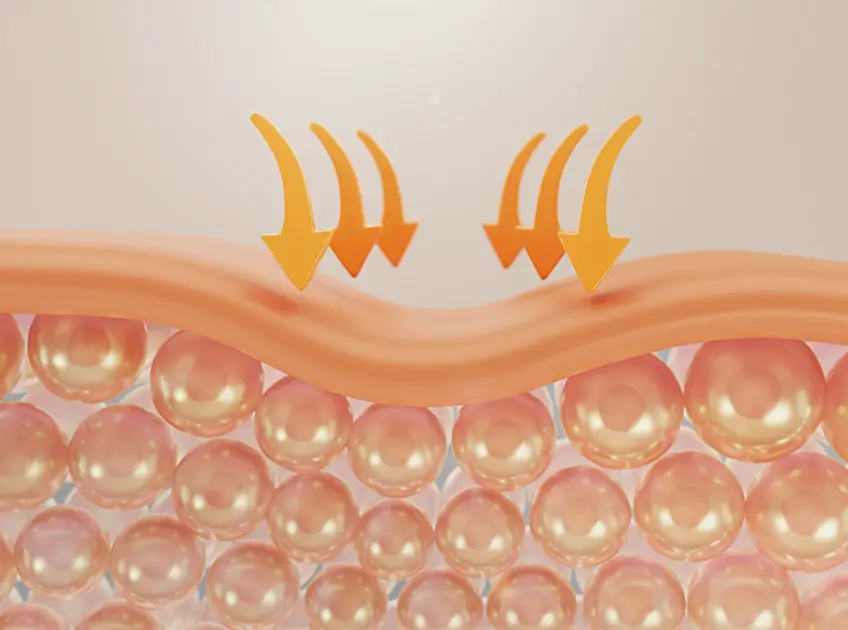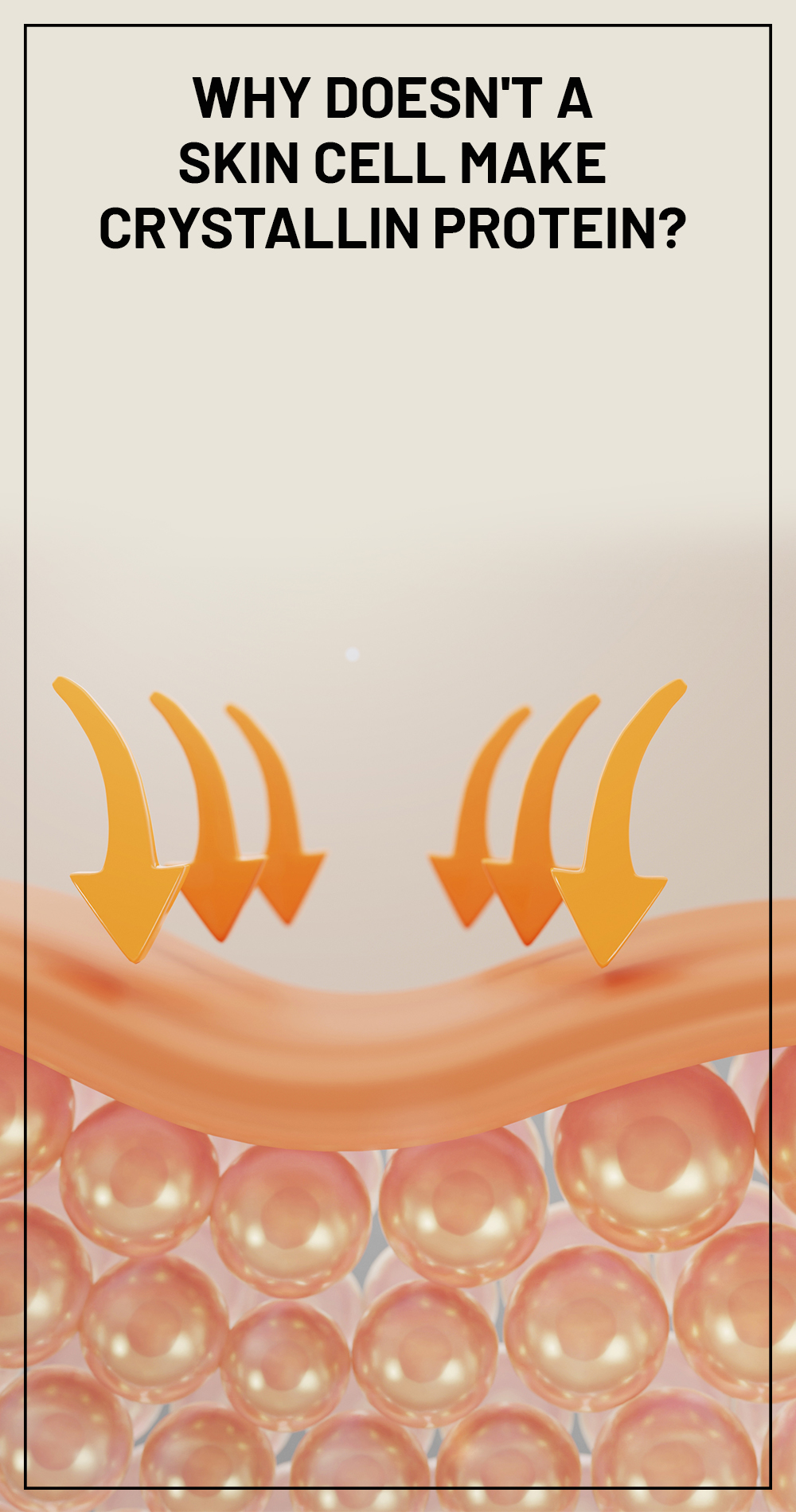
Important: This article is for informational purposes only. Please read our full disclaimer for more details.
Wondering why skin cell doesn’t make crystallin protein? Well, to understand the reason, it is essential to learn what crystallin protein is and how it functions.
We will also learn whether crystallin protein plays any role in the skin.
What is Crystalline Protein?
Crystallin is a water-soluble structural protein or small heat shock protein that functions as a chaperone. It prevents heat and oxidative stress-induced aggregation of proteins.
Crystallins were first discovered outside the vertebrate eye lens in 1989. They are the most prevalent proteins in the lens and the cornea of the eye; however, they have also been identified in other body parts like hearts and aggressive breast cancer tumors.
Highly organized crystallins comprise two families- α- and βγ-crystallins, making up 90% of water-soluble proteins of the mammalian lens. They are known to provide a refractive index gradient, which allows for transparency of the lens.
While once they were believed to be solely lens proteins, today they have been identified outside the lens, performing important functions.
What is the function of crystallin protein?
The major function of crystallin protein is to increase the refractive index of the lens while allowing light. Apart from this main function, crystallins have also been serving many regulatory and metabolic functions within the lens and other body parts.
Broadly, crystallins are classified into two main types- α-crystallin family and βγ-crystallins. Among these, alpha crystallins are monomeric proteins serving as the basic building blocks of eye lenses. They are composed of two or six copies of the chain.
When these two types of crystallins combine, it forms a glassy solution- the most important part of ocular lens’s.
Apart from this, some major functions of crystallins include the following:
- αA crystallin is located in the eye lens, retina, cornea, and tissues like the brain, liver, lung, spleen, skin, and small intestine, functioning as an apoptosis regulator, autokinase, and structural protein.
- αB crystallin is located in the eye lens, retina, and tissues like the brain, heart, liver, kidney, peripheral nerves, placenta, skeletal muscle, skin, and spinal cord. It functions as an angiogenesis, apoptosis regulator, autokinase, heat-shock, and structural protein.
Why don’t skin cells make crystallin protein?
Now that we know that the major function of crystallin protein is concerned with the lens, it won’t be difficult to understand why skin cells don’t make it.
Skin cells do not need crystallin for their function. Since skin cells do not make lenses or have any particular function associated with them, there is no need for crystallin protein.
The interesting part is skin cells have a crystalline gene; however, they do not express it. It is probably because there is no need for this particular protein for skin cells to function normally.
In fact, crystallin protein might even pose detrimental effect if expressed in skin cells.
Final words
Proteins are large, complex molecules playing many critical roles in the body. They do most of the work in cells and are required to structure, function, and regulate the body’s tissues and organs.
The body produces different types of proteins, wherein each performs different functions. The work of crystallin protein is majorly associated with the lens; therefore, the skin cell doesn’t make crystallin protein.
You Might Also Like:
- The Health Benefits of Coconut Water
- Baby Botox: How to do, Procedure and Risks
- Difference Between Beard Balm And Beard Butter
- 10 Foods That Contain Whey Protein
- How To Use Neutral Protein Filler for Hair
- Oziva Organic Plant Protein Review For Everyday Fitness
- Oziva Protein Powder For Hair Growth
- Oziva Superfood Plant Protein For Everyday Fitness
- Top 10 Foods Highest in Protein
- 10 Protein High Foods for Vegetarians
- Can You Mix Protein Powder with Coffee?
- How Long Does Protein Powder Last
- What to Mix Protein Powder with Liquids or Solids?
- 10 Side Effects of Protein Powder You Must Know Before Taking
Image Credit: freepik

















